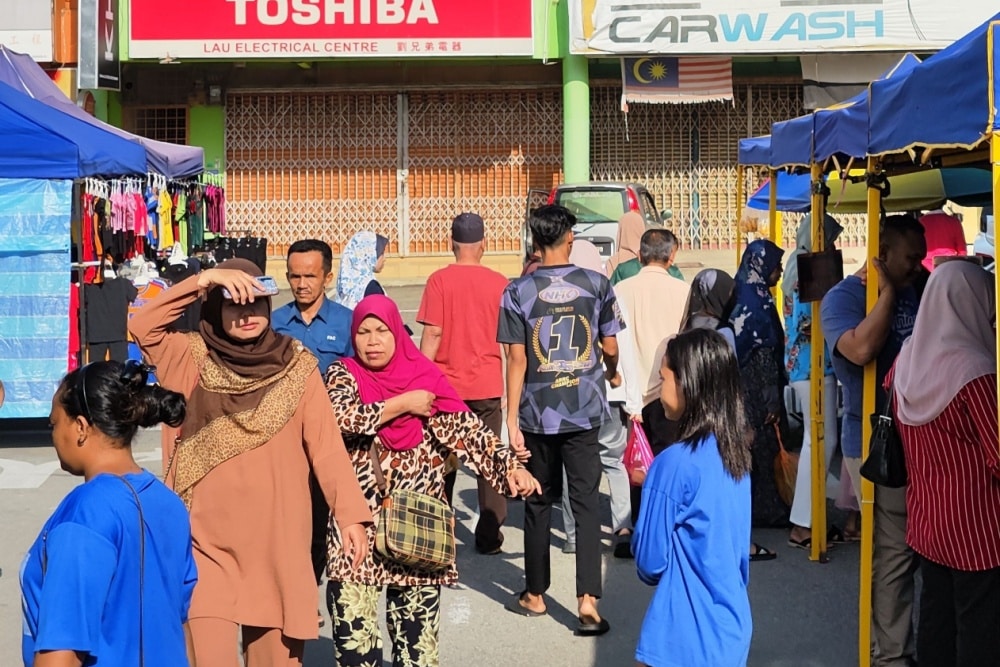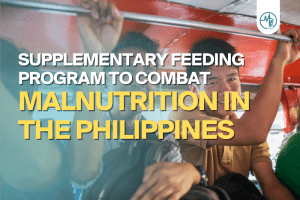In a relentless surge of scorching temperatures, Southeast Asia faces an unprecedented heatwave that is disrupting lives and livelihoods.
Malaysia mourns the tragic heat-induced death of a three-year-old child, the second heat-related death this year. Meanwhile, Vietnam grapples with devastating agricultural droughts caused by the heatwave, and the Philippines sees schools close as temperatures hit a staggering 42 degrees Celsius.
Heat’s Harsh Reality
Experts confirm the situation is dire. Maximiliano Herrera, a climatologist, reports that Thailand, among the hardest hit, has endured record-breaking heat for over a year with little sign of relief. This trend echoes across Southeast Asia, with nighttime temperatures in Bangkok refusing to dip below 30 degrees Celsius. “The trend is inescapable,” Herrera warns, indicating a tough road ahead for the region.
Temperatures reached 40 deg C in parts of Thailand, Cambodia, Laos and Myanmar while hitting at least 35 deg C in Malaysia, Indonesia and the Philippines in the week of March 17 to 23, according to the latest data from the Climate Prediction Centre at the US National Oceanic and Atmospheric Administration showed.
The Human Cost
In Vietnam, the impact is palpable as critical rice fields lay barren under the harsh sun. This is jeopardising the nation’s status as a top rice exporter. Meanwhile, Malaysia’s community reels from the heat-related deaths of two locals, including a three-year-old boy.
This catastrophic heat is not an isolated incident but a part of a disturbing pattern exacerbated by climate change and El Niño effects. According to researchers from Swiss climate research group IQ Air, the combination has led to some of the highest temperatures on record, with no clear end in sight.
Call to Action
Governments and communities across Southeast Asia are urged to enhance their climate resilience strategies. Measures such as cloud seeding in Malaysia reflect the desperate efforts to mitigate the effects of heat. However, more comprehensive actions are required to address the root causes of climate change and better protect vulnerable populations.
The intense heat has also affected cultural practices. Ramadan observances in Malaysia and Indonesia was marked by unprecedented challenges due to the prolonged heat. Educational institutions in Singapore and the Philippines have also adapted, with students wearing cooler attire and many schools suspending classes.
What You Can Do
In light of these extreme conditions, individuals are encouraged to adopt preventive measures to safeguard their health. Staying indoors during the hottest parts of the day and using air conditioning judiciously can help. Additionally, wearing protective clothing can reduce overall temperature and lower the risk of heat-related illnesses.
Amado A. Flores III, MD, Emergency Medicine Specialist at Makati Medical Center, stated, “To safeguard against heat-related illnesses, individuals are strongly advised to take proactive measures. Staying well-hydrated, avoiding prolonged and unnecessary exposure to direct sunlight, wearing light, breathable clothing, and seeking shade during peak hours are all effective strategies to prevent heat-related ailments. Additionally, regular breaks in cooler environments and monitoring one’s physical condition can significantly reduce the risk of heat-induced complications.
Looking Forward
As Southeast Asia confronts this ongoing crisis, the urgency of addressing global warming intensifies. The need for international cooperation and local resilience strategies has never been more critical to safeguarding future generations from the escalating impacts of climate change.













